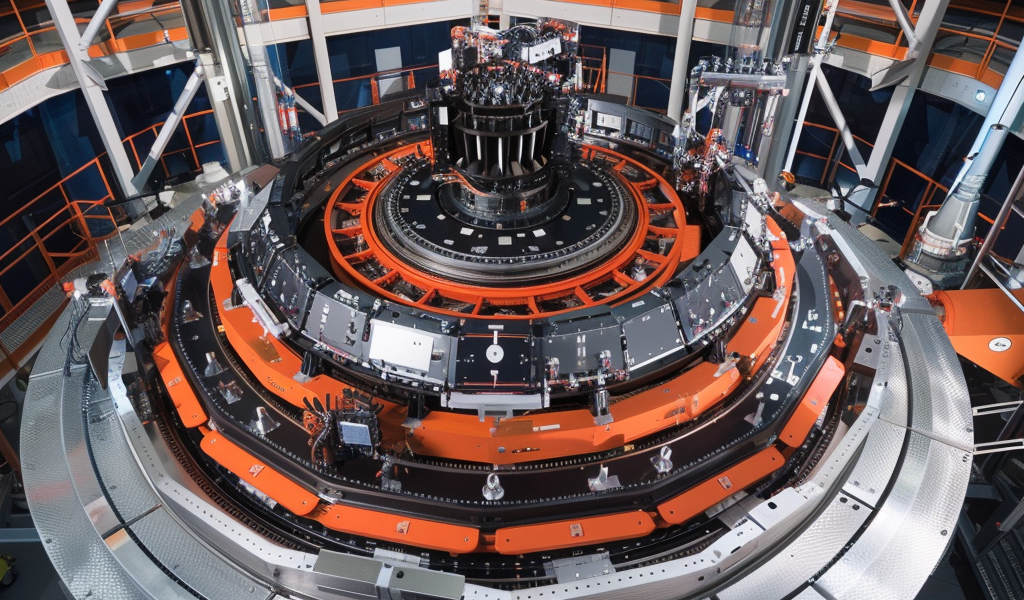After more than two decades and a few delays, the Legacy Survey of Space and Time (LSST) Camera is finally built and ready to be sent to the Rubin Observatory in Chile, where it will capture 3,200-megapixel photos of deep space and help scientists unravel the mysteries of the Universe.
The LSST has been tirelessly and meticulously built at the Department of Energy’s (DOE) SLAC National Accelerator Laboratory at Stanford University in California. The total construction cost is expected to be near $700 million, and given the camera’s sensor and optical design, perhaps it is no surprise.
“Sensor” is perhaps a bit misleading, as the LSST Camera, the largest digital camera ever constructed, relies upon a precise mosaic of 201 custom-designed CCD image sensors arranged across 21 “rafts. Combined, these rafts deliver a total resolution of about 3.2 gigapixels, or about 53 Sony a7R V full-frame cameras. The combined sensors are so flat that the surface varies by no more than a tenth the width of a typical human hair.
The Legacy Survey of Space and Time (LSST) camera team has installed the first of 21 science rafts — 3-by-3 arrays of state-of-the-art imaging sensors. Together they’ll take unprecedented 3,200-megapixel images of the night sky, which, over time, will produce the world’s largest astrophysical movie.
The flat focal plane is not quite rectangular but rather generally circular. Its diameter is 25.2 inches (64 centimeters). Between the image sensor and the lens is a large shu





